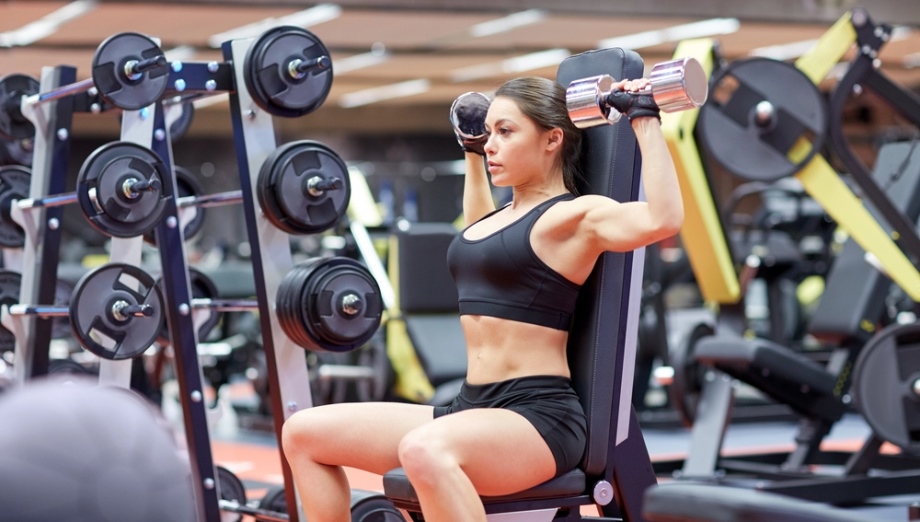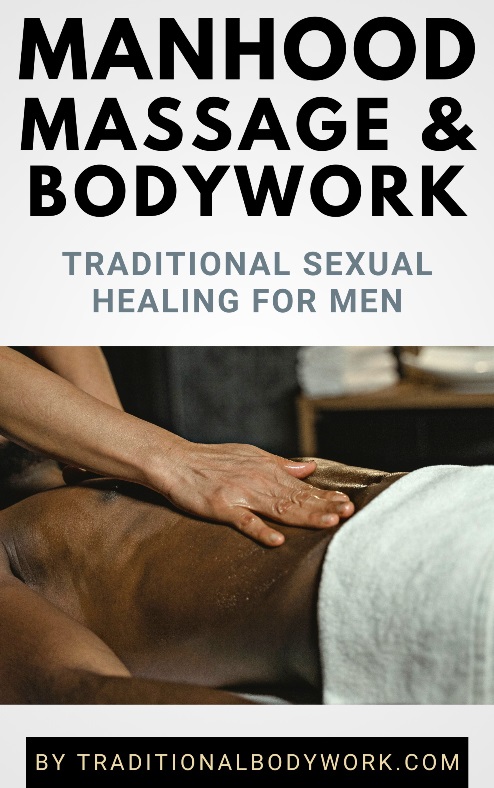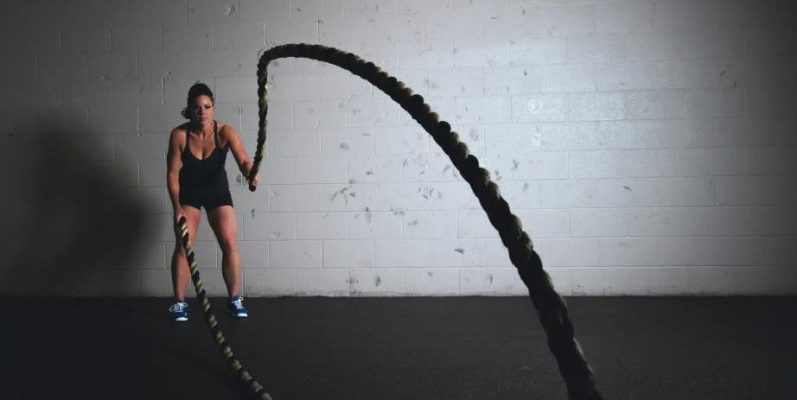
Hey there, fellow lifters! Have you ever felt a twinge in your shoulder while trying to conquer that last rep? You’re not alone. Shoulder injuries are a common struggle for many weightlifters, and they can really put a damper on your training progress.
In this article, we’ll explore the most common shoulder injuries weight lifters face and share some practical tips to help you avoid them. Let’s get into it so you can keep lifting strong and healthy!
Anatomy of the Shoulder
Before we jump into the injuries, it’s helpful to know a bit about how our shoulders work. The shoulder is a complex joint made up of several key components:
- Bones: There are three main bones in your shoulder:
- Humerus: The long bone in your upper arm.
- Scapula: Also known as the shoulder blade, this bone is located in your back.
- Clavicle: The collarbone connects your arm to your body.
- Muscles: The shoulder is powered by various muscles, with the rotator cuff and deltoids being the most important for weightlifting.
- Tendons: These connect your muscles to your bones, helping transmit the force from your muscles to your skeleton.
- Ligaments: Ligaments connect bones to other bones, keeping your shoulder joint stable.
Understanding these components can help you appreciate how delicate and important your shoulders are when lifting.
The Role of Shoulders in Weightlifting
Your shoulders play a major role in many weightlifting exercises. They help you:
- Push: Think about those bench presses, your shoulders are doing a lot of the heavy lifting!
- Pull: Exercises like rows rely heavily on shoulder strength.
- Lift: For overhead lifts, your shoulders are the stars of the show.
When your shoulders are strong and healthy, you can lift more effectively. But if something goes wrong, it can lead to frustration and injury.
Common Shoulder Injuries in Weightlifters
So, what are the injuries you should watch out for? Let’s break down some of the most common shoulder issues that weightlifters face:
Rotator Cuff Injuries
The rotator cuff consists of four muscles and tendons that stabilize your shoulder. Injuries here are all too common.
- Symptoms: You might feel pain when lifting your arm or notice a clicking sound when you move your shoulder.
- Causes: Overhead lifting or repetitive motions can lead to injuries in this area.
Shoulder Impingement Syndrome
Shoulder impingement happens when your rotator cuff muscles get pinched between the arm bone and the shoulder blade.
- Symptoms: Pain when reaching overhead or a dull ache in your shoulder is a red flag.
- Causes: Poor warm-up routines or lifting with bad form can increase your risk.
Labral Tears
The labrum is cartilage that surrounds the shoulder socket. Tears can cause pain and instability.
- Symptoms: Deep pain in the shoulder, especially during overhead movements, can signal an issue.
- Causes: Heavy lifting or falling on an outstretched arm might lead to tears.
Bursitis
Bursitis is the inflammation of the bursa, a fluid-filled sac that cushions your shoulder joint.
- Symptoms: Look out for pain, swelling, or tenderness around the shoulder.
- Causes: This can occur from repetitive movements or lifting too much weight without the right form.
Shoulder Dislocations and Subluxations
A dislocation occurs when the arm bone pops out of the shoulder socket. A subluxation is when it partially dislocates.
- Symptoms: Severe pain, swelling, and not being able to move your shoulder are clear signs you need help.
- Causes: Falls or sudden movements while lifting can lead to these injuries.
Recognizing these common shoulder injuries can help you catch any issues early on, so you can address them and keep lifting!
Risk Factors for Shoulder Injuries in Weightlifting
Now that you know about the injuries, let’s discuss what might lead to them. Understanding risk factors can help you avoid a trip to the doctor!
Improper Technique
Using the wrong form while lifting is one of the biggest culprits behind shoulder injuries.
- Why It Matters: Poor technique puts extra stress on your shoulders. For instance, arching your back too much during a bench press can lead to strain.
Overtraining and Lack of Recovery
While pushing your limits is part of weightlifting, overdoing it can backfire.
- Signs You’re Overtraining: Feeling tired, sore, or unable to lift as much as usual? You might need to scale back and rest more!
Imbalances and Weaknesses
Muscle imbalances occur when some muscles are stronger than others, which can lead to shoulder problems.
- What to Watch For: If your chest is much stronger than your back, it can pull your shoulders forward, increasing strain on your rotator cuff.
Previous Injuries
If you’ve hurt your shoulder before, you might be more likely to do so again.
- Why It’s Important: Past injuries can weaken your shoulder, making it more vulnerable. Always take care of previous injuries to avoid re-injury.
Prevention Strategies for Shoulder Injuries in Weightlifting
Keeping your shoulders safe is essential for any weight lifter. Here are some effective strategies you can use:
Proper Warm-Up and Stretching
Warming up is important for preparing your muscles and joints before lifting weights.
- Warm-Up Importance: A good warm-up increases blood flow and flexibility, helping to prevent injuries.
- Try This: Dynamic stretches like arm circles, shoulder shrugs, and light resistance band exercises can get your shoulders ready for action!
Focus on Technique
Using the right lifting technique is key to avoiding injuries.
- Pro Tips for Good Form:
- Use a mirror or ask a workout buddy to check your form.
- Start with lighter weights to perfect your technique.
- Keep your shoulders back and down to avoid unnecessary strain.
Strengthening Exercises
Building strength in your shoulder muscles can make a big difference.
- Effective Exercises:
- Rotator Cuff Exercises: Try resistance bands or light weights for external and internal rotations.
- Shoulder Stabilization: Incorporate exercises like plank shoulder taps and side-lying lateral raises to boost your shoulder stability.
Incorporating Mobility Work
Flexibility is key! Improving shoulder mobility can prevent injuries.
- Mobility Matters: Flexible shoulders move more freely, reducing the risk of strain.
- Mobility Exercises to Try: Add stretches like doorway stretches, cross-body shoulder stretches, and overhead triceps stretches to your routine.
Scheduled Rest and Recovery
Don’t underestimate the power of rest! Allowing your body time to recover is just as important as lifting weights.
- Rest Day Importance: Make sure to schedule rest days in your training. They allow your muscles and joints to heal and strengthen.
- Active Recovery: On rest days, consider light activities like walking, yoga, or swimming to promote recovery without stressing your shoulders.
When to Seek Professional Help
Even with the best prevention strategies, shoulder pain can still occur. Knowing when to seek professional help is crucial to avoiding further damage.
Signs That Indicate a Need for Medical Attention
- Persistent Pain: If you have shoulder pain lasting more than a few days, it’s time to get it checked out.
- Difficulty Moving Your Shoulder: If lifting your arm or reaching overhead is a struggle, don’t wait too long to seek help.
- Swelling or Bruising: Noticeable swelling, bruising, or warmth around your shoulder can indicate an injury that needs attention.
- Clicking or Popping Sounds: If you hear these sounds when moving your shoulder, especially if accompanied by pain, it’s worth a visit to a professional.
- Loss of Strength: Feeling weak in your shoulder or arm could signal a problem.
Importance of Professional Evaluation
- Why See a Professional?: A physical therapist or orthopedic specialist can accurately diagnose your shoulder issue and recommend the best treatment. They can also provide rehabilitation exercises tailored to your needs. Catching issues early can prevent minor problems from turning into serious weightlifting injuries.
Conclusion
Shoulder injuries are common among weight lifters, but you can often prevent them with proper care and attention. By understanding your shoulder anatomy and recognizing common injuries like rotator cuff injuries, shoulder impingement, labral tears, bursitis, and dislocations, you’ll be better prepared to keep your shoulders healthy.
Remember, prioritizing your shoulder health will not only enhance your performance in the gym but also allow you to enjoy weightlifting for years to come. A strong and healthy shoulder is key to lifting effectively and safely!




















